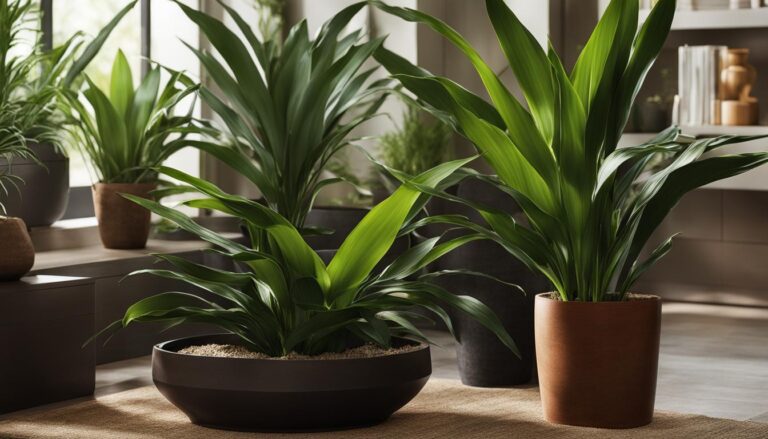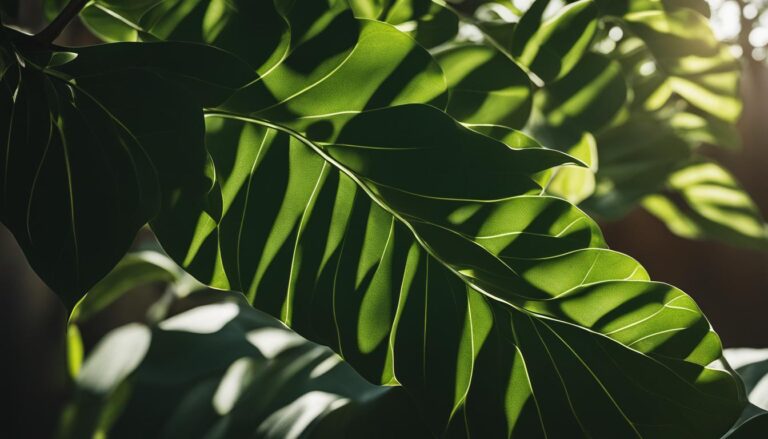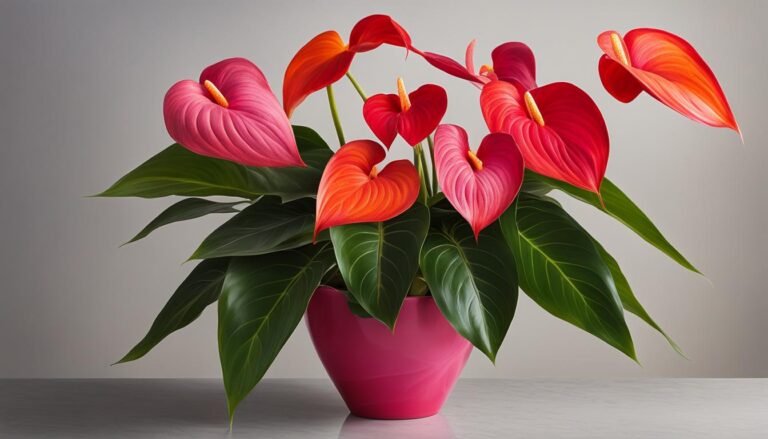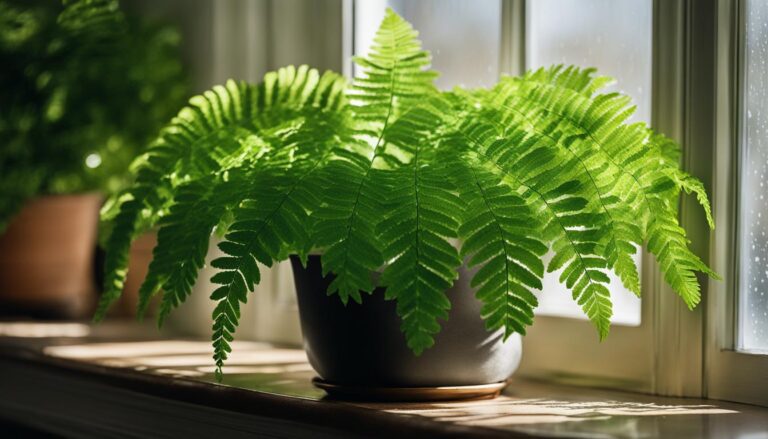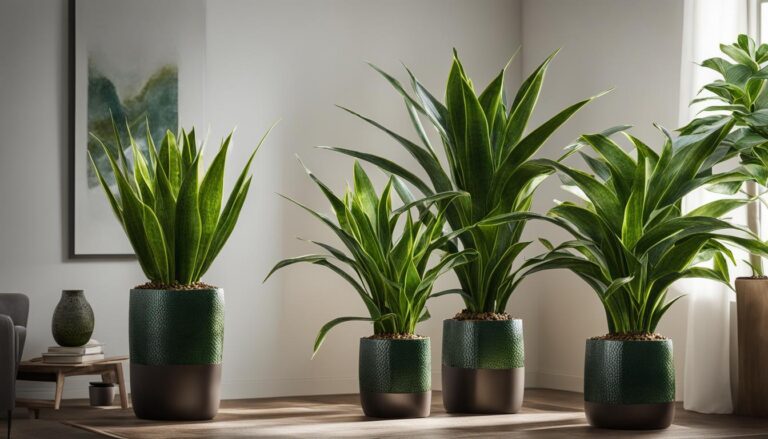
Welcome to the fascinating world of orchids! As a member of the Orchidaceae family, orchids encompass a diverse array of stunning flowering plants. From their alluring blooms to their air-purifying qualities, orchids have captivated the hearts of plant enthusiasts and interior decorators alike.
When it comes to orchid care, understanding their specific needs is crucial for their successful cultivation. From lighting requirements to watering patterns, each aspect plays a vital role in ensuring these exquisite plants thrive.
Join me as I delve into the enchanting world of orchids, exploring their care requirements, different varieties, and how they can elevate your home decor. Let’s unveil the beauty and secrets of these magnificent plants together.
Orchids and Their Care Requirements
When it comes to caring for orchids, there are a few key factors to consider in order to ensure their health and longevity. Lighting requirements, watering requirements, and fertilization are all crucial elements in orchid care.
Lighting Requirements
Orchids thrive in bright, indirect light. Placing them in an east-facing window is ideal, as it allows for gentle morning sunlight without the risk of direct sun exposure, which can cause leaf burns. Providing the right amount of light is essential for orchids to photosynthesize and produce beautiful blooms.
Watering Requirements
Watering orchids can be tricky, as they have specific needs. While the frequency of watering may vary depending on factors such as the type of orchid, its size, and the environmental conditions, a general rule of thumb is to water once a week.
Allow the potting medium to dry out completely before watering again to prevent overwatering, which can lead to root rot. It’s important to strike a balance and provide adequate moisture without drowning the roots.
Fertilizer
While fertilization is not necessary for orchids, it can promote healthy growth and vibrant blooms. Using a balanced liquid orchid fertilizer once a month during the growing season can provide the necessary nutrients for your orchid.
Be sure to follow the instructions on the fertilizer package, as over-fertilization can do more harm than good. Remember, orchids are delicate plants, and a little goes a long way.
By taking into account these care requirements, you can provide the optimal conditions for your orchids to thrive and flourish. A well-cared-for orchid will reward you with stunning blooms and serve as a beautiful addition to your indoor space.
| Lighting Requirements | Watering Requirements | Fertilizer |
|---|---|---|
| Orchids require bright, indirect light. | Water once a week, allowing the potting medium to dry out completely before watering again. | Use a balanced liquid orchid fertilizer once a month during the growing season. |
| Place in an east-facing window to avoid direct sunlight. | Avoid overwatering to prevent root rot. | Follow the fertilization instructions carefully to avoid over-fertilization. |
Orchids as Home Decor Statement Pieces
Orchids are more than just beautiful flowers; they are also exquisite statement pieces that can enhance any home decor. With their graceful and exotic appearance, orchids add a touch of luxury and elegance to any room.
Whether you have a minimalist, modern, classic, traditional, or boho-chic interior design style, there is an orchid variety that can perfectly complement your aesthetic.
One popular orchid variety for home decor is the Phalaenopsis orchid, also known as the moth orchid. This variety is favored by many due to its long-lasting blooms and ease of care.
The Phalaenopsis orchid comes in a range of colors, from pure white to vibrant pinks and purples, making it a versatile choice for any color scheme. Its delicate and graceful flowers make a beautiful focal point in any room.
Another stunning choice is the Cymbidium orchid, also known as the boat orchid. This variety boasts large, waxy flowers in vibrant colors such as red, orange, and yellow.
The bold and striking appearance of Cymbidium orchids can add a pop of color and drama to your home decor. These orchids are particularly eye-catching when placed in a minimalist or modern design setting.
| Orchid Variety | Characteristics |
|---|---|
| Phalaenopsis orchid | Long-lasting blooms, easy care, variety of colors |
| Cymbidium orchid | Vibrant colors, large waxy flowers |
If you prefer a more unique and exotic look, consider the Dendrobium orchid. This variety features clusters of flowers along elongated stems, creating a visually captivating display.
Dendrobium orchids come in various colors, including white, pink, and purple. Their unusual shape and delicate petals make them perfect for adding a touch of sophistication to any space.
By incorporating orchids into your home decor, you not only bring natural beauty indoors but also create a calming and serene environment. The presence of orchids can promote relaxation and enhance your well-being.
Placing an orchid in your home office or workspace can help create a tranquil ambiance, allowing you to stay focused and inspired.
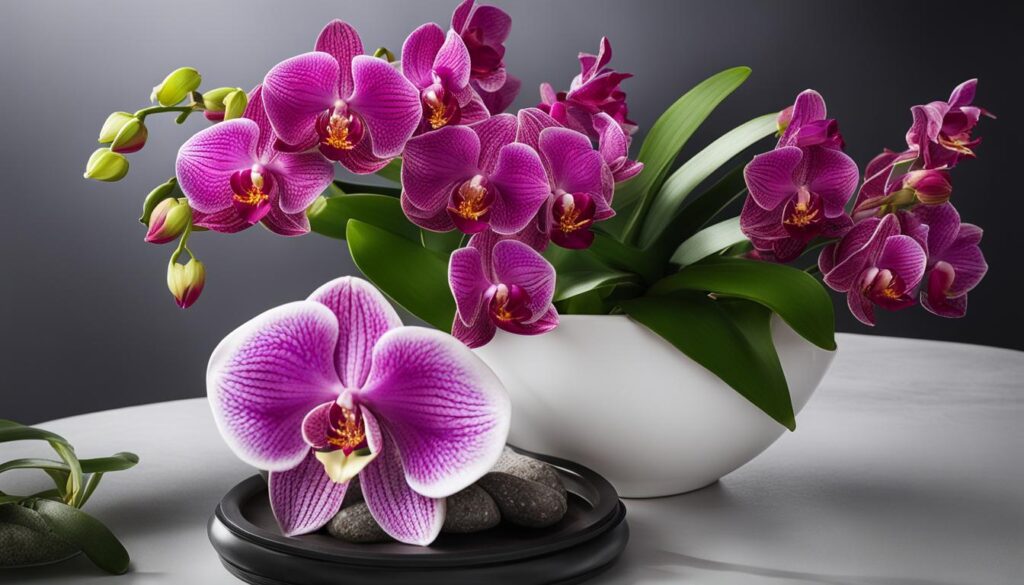
Orchids are stunning statement pieces that can elevate your home decor. Their diverse varieties, including Phalaenopsis, Cymbidium, and Dendrobium orchids, offer a range of colors and shapes to suit different interior design styles.
Whether you have a minimalist or boho-chic aesthetic, orchids can add a touch of luxury and elegance to any room. By incorporating orchids into your home decor, you not only enhance the visual appeal but also create a calming and serene environment.
The Fascinating World of Orchids: Diversity and Propagation
The Orchidaceae family, also known as orchids, is an extraordinary and diverse group of flowering plants. With over 30,000 species, orchids offer a fascinating glimpse into the wonders of nature. They exhibit a wide range of lifestyles, including epiphytes, terrestrial, and semi to wholly parasitic, each with its own unique characteristics.
Terrestrial orchids have tubers or corms underground, while epiphytic orchids develop aerial roots that attach them to trees and enable them to absorb water and nutrients. It is this adaptability that allows orchids to thrive in various environments and contribute to their remarkable ability to captivate our attention.
One of the most intriguing aspects of orchids is their propagation. Orchid seeds are extremely tiny and require a symbiotic relationship with fungi for germination. This dependence on fungi adds a layer of complexity to their reproduction and contributes to the astonishing diversity within the Orchidaceae family.
While orchid plants can be grown from seeds, commercial propagation is predominantly achieved through vegetative means, such as mericloning.
This method allows for the mass production of orchids with desired traits, reducing the time and challenges associated with growing orchids from seeds. It is through this process that we can enjoy the vast array of orchid species and varieties available today.
FAQ
How much light do orchids need?
Orchids require bright, indirect light to thrive. They should be placed in an east-facing window to avoid direct sunlight, which can cause leaf burns.
How often should I water my orchids?
The frequency of watering depends on the growing conditions, but a general rule of thumb is to water once a week, allowing the potting medium to completely dry before watering again. Overwatering can lead to root rot, so it’s important to be cautious.
What temperature range do orchids prefer?
Orchids thrive in temperatures between 60-75°F. They prefer a humid environment, so it’s beneficial to provide some humidity if the air in your home is dry.
Do orchids need fertilizer?
Fertilization is not necessary for orchids, but a balanced liquid orchid fertilizer can be used once a month during the growing season to provide additional nutrients if desired.
What are some popular varieties of orchids?
Popular varieties of orchids include Phalaenopsis orchids, Cymbidium orchids, and Dendrobium orchids. Each variety has its own unique characteristics and beauty.
Are orchids toxic to pets?
Most orchids are not toxic to pets. However, if any unusual symptoms occur after contact with an orchid, it is always recommended to consult a vet for advice.
Can orchids be used as home decor?
Yes, orchids are a perfect addition to any home decor. They bring a touch of exotic charm and elegance with their beautiful blooms. Orchids can complement different interior design styles, such as minimalist, modern, classic, traditional, and boho-chic.
How many species are there in the Orchidaceae family?
There are estimates of over 30,000 species in the Orchidaceae family, making it one of the largest flowering plant families.
How are orchids propagated commercially?
Commercial propagation of orchids is primarily done through vegetative means, such as mericloning, due to the challenges and time required for growing orchids from seed.

